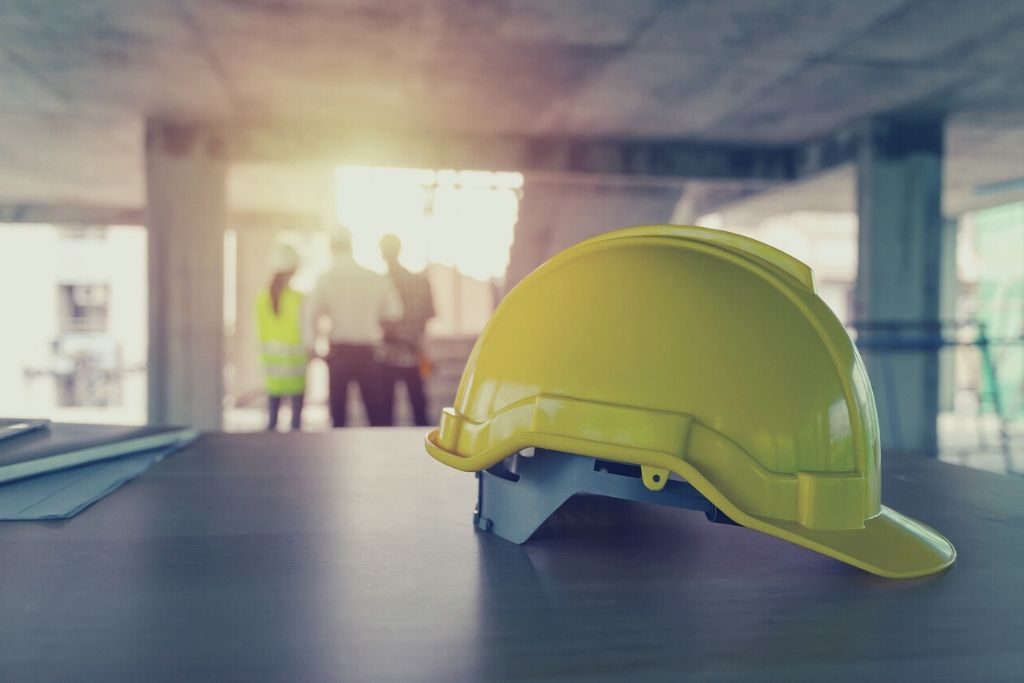Building Information Modeling (BIM), which has been evolving for the last five decades, won many praises for how much it cuts costs and time in the process of construction. However, in addition to more efficient projects, BIM can step in to save the most crucial resource of any industry: Human lives and health. While the industry is well aware of BIM’s contributions to all stages of construction, the software’s ability to boost well-being isn’t as well-documented. Thanks to rising technologies and digitization, there have been considerable improvements in health and safety on construction sites in the last few decades. Nevertheless, construction remains one of the most dangerous sectors for workers.
According to the International Labor Organization (ILO), every year, 2.3 million people succumb to work-related accidents or illnesses. The organization states that construction takes up a disproportionately high percentage of these fatalities. Even in industrialized countries, up to 40 percent of work-related deaths occur on construction sites, although the sector employs only up to 10 percent of the workforce.
By helping the project managers to make better decisions in any stage of the construction, BIM empowers the health and safety on construction sites.
Mitigating Risks of Accidents

Tapping into all relevant data, as well as documents, regulations, or building manuals, BIM identifies the critical health and safety hazards on construction sites. Using techniques like visualization, simulation, virtual prototyping, and validation, BIM allows architects to preview a series of potential scenarios before the process of building even starts.
Once the construction is in works, BIM assists the site managers to reduce the on-site risks. Simple, yet, powerful BIM features such as compliance checking, scenario planning, pre-fabrication tools, or clash detection keep the accidents at bay daily.
Less Overwhelm, Better Mental Health
The single most important function that makes BIM an excellent design tool is how it emancipates collaboration and communication between teams. Construction sites are often high-stress environments, which can create a significant mental health bill for both workers and executives. On the other hand, plenty of research suggests that excellent communication is the key to reduce stress in work environments.
Fatigue, stress, and sleepiness accelerates the risks of health and safety on construction sites. However, collaboration and efficient planning can mitigate this.
By allocating clearly defined tasks at each employee, BIM reduces the workload and overwhelm, while maximizing the productive hours. Even though mental wellbeing is a complex phenomenon that depends on many other factors, smooth and fuss-free project management facilitated by BIM can ease much of the workplace stress.
Efficient Accident Investigation
In the unfortunate event of an accident despite all the precautions, BIM can help to analyze why it happened — and ensure it never happens again. Furthermore, BIM assists architects to plan for emergencies and aids them to identify and explain the most efficient evacuation routes for maximum preparedness.
Despite all the technological advancements in construction, no single digital or analog tool can guarantee an accident-free workplace — and BIM is no exception. Nevertheless, it helps: According to one study, 37 percent of owners and contractors reported more than a 5 percent reduction in reportable incidents thanks to BIM.
As the rates of fatal workplace accidents are steadily declining, BIM remains one of the most potent tools to single-handedly improve health and safety on construction sites.







